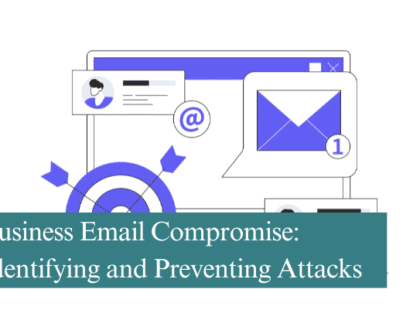
It can happen to a business of any size. A disgruntled employee leaves the company and is intent on taking revenge. This can be a serious issue if the person has IT skills or is part of the IT team. Their revenge could take the form of a revenge hack. More companies are finding they’re vulnerable to threats from within their organisations.
Is your company protected against revenge hacks?
What is a Revenge Hack?
A revenge hack may also be referred to as an insider threat rather than a hacker from outside the company. A revenge attack can be committed by employees, partners, or third-party vendors who have authorised access to a company’s network. They use this authorised access to gain access to sensitive data and systems.
In other words, revenge attacks can be committed by anyone connected with the network or systems of a business. These people usually have authorised access and use these privileges in the wrong way.
Revenge attacks can be done quickly or may even last for years.
Why Does Anyone Perpetrate a Revenge Hack?
There are many reasons a person may choose to commit a revenge hack on your company. For instance, an employee could be acting as a malicious insider. In this case, the employee may understand the value of your data and choose to share that data for financial gain.
The employee may be disgruntled for any number of reasons. Perhaps they’re upset they didn’t receive an increase in salary or that job promotion they really wanted. It could be that an ex-employee is so upset about being let go that they choose to hack into the business with their credentials and cause havoc to the network, data, and more.
No matter the reason for the revenge hack, think about the effect it could have on your business. These hacks can disrupt operations, lead to loss of data, and even damage your company’s reputation.
Most Common Types of Revenge Hacks
The most common types of revenge hacks include:
- Data theft: stealing important financial or customer data, intellectual property, and more.
- Sabotage: deleting files, changing settings, and destroying equipment.
- Espionage: stealing valuable data for competitors.
Revenge Hack Red Flags
How can you tell that your company is experiencing a revenge hack? Here are some of the most common signs:
- Activity at unusual times (such as signing in at 3am)
- Volume of traffic (transferring too much data on the network—more than usual)
- Type of activity (accessing unusual resources compared to their usual work)
What Does This Mean for Your Business?
Revenge hacks are becoming more common for businesses of all sizes across a broad range of industries. All it takes is one very unhappy employee to cause havoc for your company.
What’s more, your business also has a legal responsibility to ensure the security of your data. That means you’re obligated to protect company data from all kinds of threats, including revenge hacks.
How to Reduce the Risk of Revenge Hacks?
It’s difficult to believe that anyone on your team would commit a revenge hack against your business. However, it’s imperative to be prepared for such threats in advance. Just like you must be prepared for other types of hackers, your company must be ready for a revenge hack. But what steps can you take?
You can protect your company from insider threats by utilising the following tips:
1. Use Tailored, Multi-Layered Security Measures
Rather than choosing any security software, choose one that can be tailored to meet the specifics of your business and industry. Look for software that also offers multi-layered security measures.
Software must work with your systems to provide increased security for data. When combined with multi-factor authentication across all apps, logins can even be generated from a separate device.
In addition, it may be necessary to consider encryption and wiping data for all company devices. That way, if any device is stolen or missing, data can easily be wiped, making it impossible for anyone to use the login credentials, steal data, and more.
2. Restrict Access
Next, it’s essential to know which employees have access to specific files and data. The more people who have access to critical data, the higher the risk of a revenge hack.
For this reason, it’s best to restrict access to only those who need it. Ensure all files are encrypted and use password protection for all sensitive files.
While you’re focusing on employees, remember partners and third parties who may also have access to your data. Their access must also be restricted to only the data and files they need.
3. Business Exit Protocols
Does your business have an exit protocol for employees? If not, you’re leaving the business at increased risk of a revenge attack.
So, it’s a good idea to create a business exit protocol that applies to anyone leaving the business (as well as third parties and partners). These elements should be part of your exit protocol:
- Access to all accounts must be blocked.
- The ability to retrieve files must be stopped.
- All company-owned devices must be returned.
The company should also review all user accounts on a regular basis to ensure they are deleted if no longer needed or used.
4. Enforce Policies
Once you have policies in place to protect company data and files, ensure all policies are followed. Each person in the company must know and understand these security procedures.
5. Increase Visibility
While no one likes the idea of tracking employees, it may be necessary to use solutions that track employee actions and ensure the data they access is in line with their security authorisations.
6. Ongoing Education
Cyber security training is essential for all levels of the company, from the C-suite down. Each member of the team needs to understand what cyber threats look like and how to report them.
Concluding Thoughts
No business likes to think their employees, partners, or others would want to revenge hack their data. Unfortunately, this is a reality that must be faced head. Businesses must take a proactive approach to company security from threats of all types, including revenge hacks.
Recommended Posts

Is There a Difference Between Managed IT and IT Support?
13th June 2025


